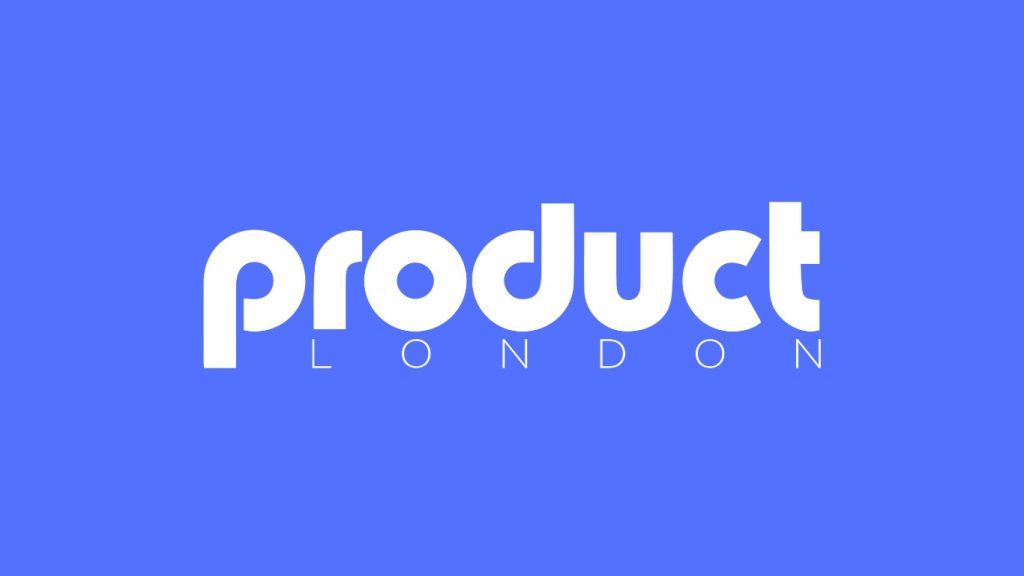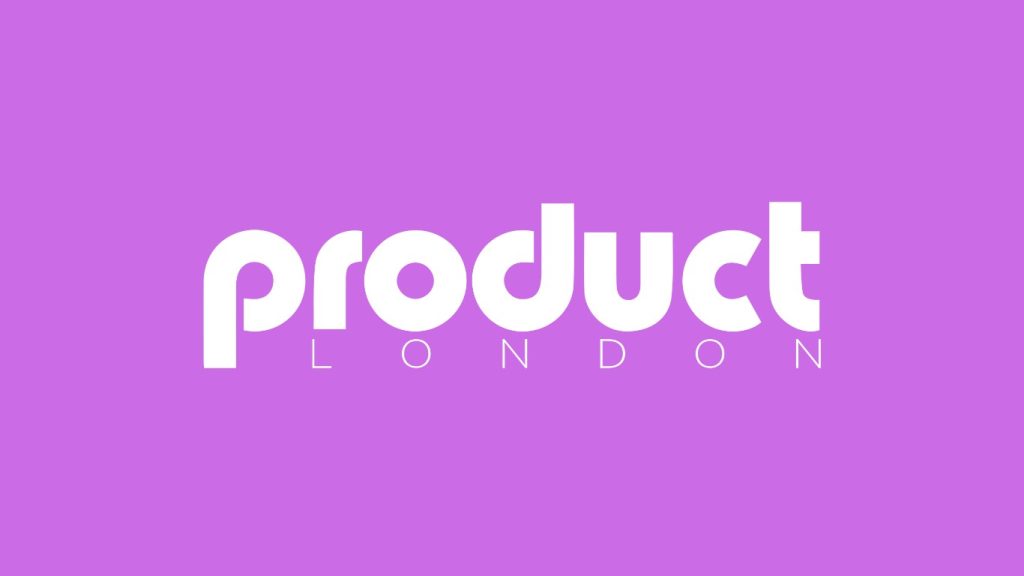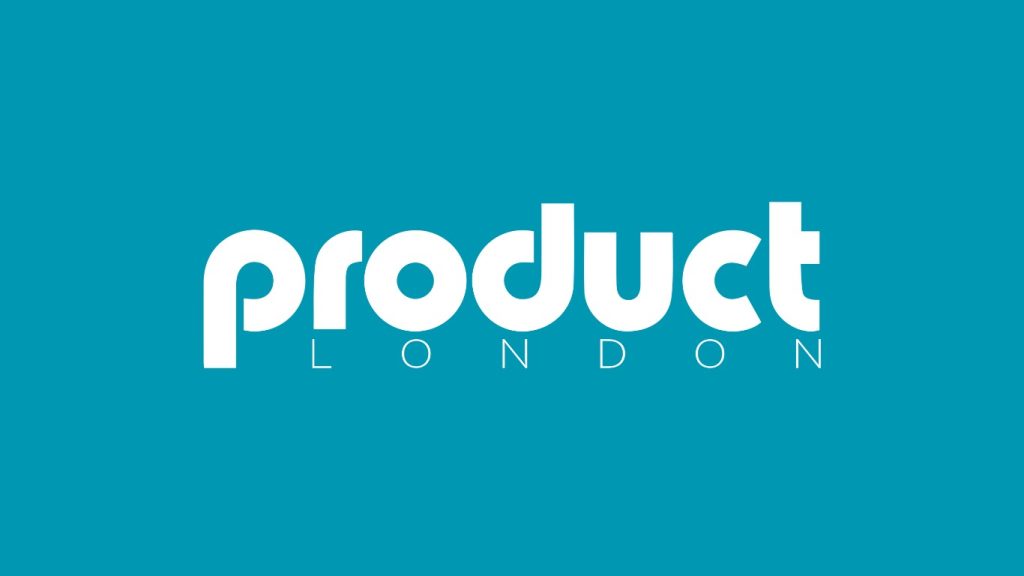Maneuvering the costs of Instagram influencer partnerships requires strategic insights into follower counts and engagement metrics. Prices typically rise with follower tiers; nano influencers charge as low as $10 per post while mega influencers command upwards of $10,000. However, engagement rates critically influence these figures, as micro influencers with higher engagement often deliver up to 30% better ROI than their larger counterparts. Additional charges like agency fees and exclusivity clauses may inflate costs by 10%-40%. Understanding these nuances guarantees better budget alignment and campaign success. Exploring these elements further reveals strategies to optimize and evaluate influencer collaborations.
Key Takeaways
- Influencer pricing averages $100 per 10,000 followers, with sponsored posts typically costing around $1,300.
- Engagement rates significantly affect costs, with influencers commanding higher fees for better audience interaction.
- Additional expenses, like agency fees and exclusivity clauses, can increase costs by 10%-40%.
- Budgeting should account for usage rights, content creation, and aligning with marketing goals.
- Cost-saving strategies include direct partnerships, long-term agreements, and performance-based compensation models.
Influencer Types and Pricing
In the dynamic landscape of social media marketing, understanding the nuances of influencer types and pricing is essential for brands aiming to maximize their return on investment.
The pricing model for Instagram influencers is intricately tied to follower count and engagement rates, with distinct tiers offering different strategic advantages.
Nano influencers, with follower counts ranging from 500 to 10,000, charge between $10 and $100 per post, making them an economical choice for brands seeking authentic engagement.
Micro-influencers, boasting 10,000 to 50,000 followers, command $100 to $500 per post, striking an effective balance between reach and engagement.
Mid-tier influencers, possessing 50,000 to 100,000 followers, offer a wider audience at costs ranging from $500 to $5,000 per post, presenting a cost-effective option for expanding brand visibility.
Macro-influencers, with follower counts of 100,000 to 500,000, typically require $5,000 to $10,000 per post, leveraging their broad reach and established credibility.
At the pinnacle, mega-influencers, with over 500,000 followers, demand $10,000 or more per post, providing unmatched exposure.
These pricing structures illustrate the diverse influencer marketing costs, guiding brands in selecting the most suitable influencer type for their strategic objectives.
Key Cost Factors
When evaluating the costs associated with Instagram influencer partnerships, follower count emerges as a primary determinant, with fees escalating considerably from nano-influencers to mega-influencers based on their reach.
However, engagement rate plays an equally critical role, as influencers with higher engagement often command premium rates due to their proven ability to connect with audiences effectively.
Strategic collaboration requires a nuanced understanding of both metrics to optimize return on investment and guarantee alignment with brand objectives.
Follower Count Impact
Understanding the impact of follower count on partnership costs is essential for brands seeking to maximize their return on investment in influencer marketing. Influencer marketing rates on Instagram often align with follower counts, driving costs for various categories of influencers. Nano-influencers, with 500-10,000 followers, have partnership costs ranging from $10 to $100 per post. As follower counts increase, so do costs; micro-influencers with 10,000-50,000 followers typically charge between $100 to $500 per post, reflecting their enhanced engagement potential.
| Influencer Type | Follower Count | Cost Per Post |
|---|---|---|
| Nano-Influencers | 500-10,000 | $10 – $100 |
| Micro-Influencers | 10,000-50,000 | $100 – $500 |
| Mid-Tier | 50,000-100,000 | $500 – $5,000 |
| Macro-Influencers | 100,000-500,000 | $5,000 – $10,000 |
| Mega-Influencers | 500,000+ | $10,000+ |
Macro-influencers, with 100,000-500,000 followers, command significant partnership costs of $5,000 to $10,000 per post, due to their substantial reach and audience trust. Mega-influencers, possessing over 500,000 followers, can demand $10,000 or more per post. This strategic segmentation of Instagram influencers underscores the critical role follower count plays in determining partnership costs. Brands should carefully evaluate these costs relative to potential engagement and reach, ensuring alignment with their marketing objectives.
Engagement Rate Significance
Engagement rate emerges as a pivotal metric in influencer marketing, offering brands a more nuanced understanding of an influencer’s efficacy beyond mere follower count. This metric, calculated by dividing total interactions by follower count and multiplying by 100, provides a percentage that highlights how effectively an influencer connects with their audience. A higher engagement rate often correlates with improved conversion rates, making it a critical factor in evaluating influencer partnerships.
Rather than focusing solely on follower count, brands should prioritize influencers who demonstrate genuine engagement rates, as these figures are indicative of an authentic audience. Micro-influencers, in particular, present engagement rates ranging from 3-7%, markedly surpassing macro-influencers, who average between 1-3%. This makes micro-influencers more cost-effective for campaigns aiming for authentic interactions and superior campaign performance on social media platforms.
Tools like Social Blade can assist brands in analyzing potential partners’ engagement rates, ensuring alignment with strategic goals. By selecting influencers with a higher engagement rate, brands can mitigate the risk of ineffective campaigns and wasted ad spend, ultimately driving better conversion rates and achieving more impactful outcomes in their influencer partnerships.
Pricing Models Overview
A multitude of factors shapes the pricing models of Instagram influencer partnerships, making it essential for brands to strategically evaluate their options.
Influencer pricing on Instagram typically follows a straightforward metric: approximately $100 per 10,000 followers, with sponsored posts averaging around $1,300. However, the complexity arises with distinct tiers of influencers.
Nano-influencers, possessing 500 to 10,000 followers, charge between $10 and $100 per post, offering a cost-effective entry point for brands. As brands scale up their collaboration strategies, mid-tier influencers (50,000 to 100,000 followers) become a viable option, demanding between $500 and $5,000 per post.
Macro-influencers, with 100,000 to 500,000 followers, command fees ranging from $5,000 to $10,000, reflecting their broader reach and higher engagement potential.
Additional elements such as exclusivity clauses and agency fees further influence pricing models, potentially increasing costs by 10% to 40%.
These factors necessitate careful consideration from brands aiming for a favorable return on investment. By understanding these pricing dynamics and strategically selecting the appropriate influencer tier, brands can optimize their partnerships and effectively leverage the diverse capabilities of Instagram influencers to achieve their marketing objectives.
Budgeting for Campaigns
Effective budgeting for influencer campaigns on Instagram is essential for maximizing return on investment and achieving marketing objectives. A strategic approach to influencer marketing requires a detailed consideration of various factors that influence the budget.
Micro-influencers, with follower counts ranging from 10,000 to 50,000, typically charge between $100 and $500 per post, presenting a cost-effective alternative to brands. Their partnerships often yield a 30% better ROI compared to macro-influencers, making them a favorable option in budget planning.
When setting a budget, it is imperative to account for additional costs such as:
- Agency fees, which may range from 10% to 40% of influencer compensation.
- Rush fees for expedited content delivery.
- Usage rights, which, if not included, can increase compensation demands.
- Content creation expenses, ensuring high-quality deliverables.
- KPI alignment, directing funds towards specific marketing goals.
Clarifying campaign objectives and expected ROI is essential for efficient budget allocation. Brands must evaluate whether influencer rates encompass usage rights, as this can greatly impact overall costs.
Effective Negotiation Tactics
Strategically analyzing influencer rates is essential, as it allows for informed negotiations that align compensation with industry benchmarks and the influencer’s unique engagement metrics.
By factoring in potential additional costs such as usage rights and exclusivity, businesses can craft cost-saving strategies that optimize budget while ensuring fair pay for influencers.
Additionally, performance-based compensation models and open discussions about creative deliverables can further refine negotiations, fostering mutually beneficial partnerships that are both transparent and outcome-driven.
Influencer Rate Analysis
In the domain of Instagram influencer partnerships, analyzing influencer rates is essential to guaranteeing that brands make cost-effective and strategic investment decisions.
Instagram influencer rates typically adhere to a benchmark of approximately $100 per 10,000 followers. However, for brands aiming to maximize ROI, focusing on the influencer’s engagement rate rather than sheer follower count is vital. Higher engagement often translates into more meaningful interactions, enhancing the effectiveness of partnerships.
Effective negotiation tactics hinge on a data-driven approach. Brands should be prepared to utilize performance metrics to justify their proposals.
Key strategies include:
- Understanding engagement rate: This metric is fundamental for evaluating potential ROI and should guide negotiations.
- Offering bundled services or long-term partnerships: These can lead to reduced rates and stronger brand-influencer alignment.
- Establishing clear content approval processes: Guarantees deliverables meet brand expectations.
- Leveraging performance metrics: Provides evidence to support negotiations, advocating for fair compensation.
- Aligning deliverables with campaign goals: Ensures the strategic effectiveness of the partnership.
Cost-Saving Strategies
Leveraging direct partnerships with Instagram influencers, brands can strategically bypass agency fees, thereby reallocating their budget towards more effective influencer compensation and campaign amplification. This approach enhances influencer marketing efforts by allowing brands to focus their campaign budget on achieving high engagement and maximizing return on investment.
A key cost-saving tactic involves negotiating long-term agreements, which can greatly reduce the cost of working with influencers. By committing to ongoing collaborations, brands can secure better rates and foster mutually beneficial relationships.
Additionally, adopting performance-based compensation models guarantees that influencer payments are directly tied to measurable campaign outcomes, aligning costs with results. This strategy not only justifies the expense but also incentivizes influencers to deliver peak performance.
Brands seeking to maximize their budget should consider bundling services, such as cross-platform promotions or multiple posts, which can offer cost-effective solutions while broadening reach.
Furthermore, establishing clear agreements on deliverables and timelines is essential. This clarity prevents misunderstandings and streamlines the approval process, reducing hidden costs associated with delays.
Collaborating with smaller influencers can also yield high engagement at a lower cost, offering an advantageous avenue for brands aiming to stretch their campaign budget.
Assessing ROI and Success
When evaluating the return on investment (ROI) of Instagram influencer partnerships, it is imperative for brands to use a robust formula: (Net Profit / Cost of Investment) x 100. Ensuring all costs, including influencer fees and production expenses, are accounted for is essential in influencer marketing.
With an average ROI reported at $6.5 for every dollar spent, the potential for profitability is significant when campaigns are executed strategically. Engagement rates serve as fundamental performance indicators; prioritizing genuine audience interactions over mere follower count enhances ROI.
Brands must monitor key metrics to evaluate their partnerships’ success:
- Reach and Impressions: Track the number of unique users exposed to your content.
- Conversions: Measure the actions taken by users, such as purchases or sign-ups.
- Engagement Rates: Focus on likes, comments, and shares to gauge interaction.
- Referral Traffic: Utilize analytics platforms to pinpoint sales driven by influencers.
- Campaign Performance: Continuously assess results to refine future strategies.
Continuous monitoring through advanced analytics platforms offers brands thorough insights into referral traffic and sales attributable to influencer campaigns.
These data-driven insights are crucial for optimizing current strategies and planning successful future collaborations, ultimately enhancing the ROI of influencer partnerships.
Frequently Asked Questions
How Much Should I Charge for Paid Collaboration on Instagram?
When determining pricing strategies for paid collaborations, consider influencer tiers, audience engagement, and niche markets. Evaluate brand alignment, content creation complexity, and campaign metrics. Employ negotiation tactics to showcase your value proposition across various collaboration types.
How Much Is a Paid Partnership on Instagram?
Determining Instagram partnership costs involves strategic pricing strategies, analyzing influencer audience metrics, and considering niche market influence. Brand negotiation tactics, content creation costs, engagement rate analysis, platform algorithm impact, campaign longevity, ROI measurement, and partnership contract essentials are vital.
How Do Influencers Get Paid Partnerships?
Influencers secure paid partnerships through strategic influencer marketing by aligning brand objectives with audience engagement. Successful partnership agreements hinge on negotiation tactics, performance metrics, and content creation aligned with social media trends, ensuring ideal influencer compensation and campaign success.
Are Influencer Partnerships Effective?
Influencer partnerships are effective due to authentic engagement, audience trust, and niche relevance. Strategic alignment with brand goals, high content quality, and performance metrics guarantee success. Long-term relationships with influencers who match follower demographics enhance authenticity and campaign effectiveness.
Conclusion
In summation, the intricate landscape of Instagram influencer partnerships necessitates a strategic approach centered on understanding influencer types, key cost factors, and various pricing models. Effective budgeting and negotiation tactics are imperative for optimizing campaign expenditures. A data-driven assessment of return on investment and campaign success is essential to validate the financial outlay. By leveraging these insights, organizations can craft influencer strategies that are both cost-effective and impactful, ultimately driving meaningful engagement and brand growth.




